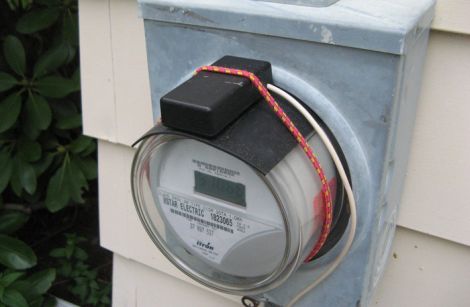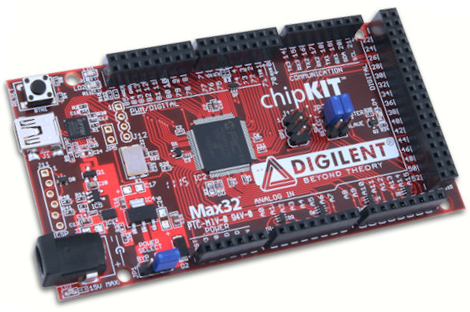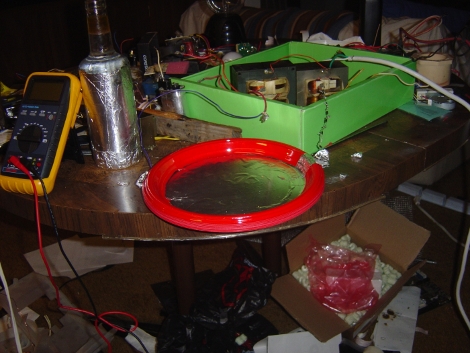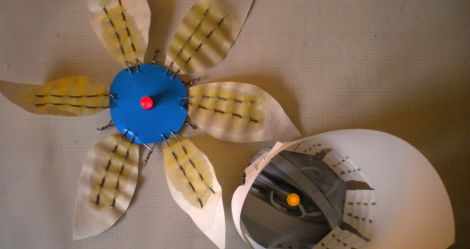
[Vic] bought a Kvarts DRSB-01 Geiger counter a few years ago, and recently dug it out of his electronics stash. The counter is a run of the mil no-frills unit. It lacks any kind of LCD display and it cannot be calibrated, so Sievert exposure ratings are out of the question. The unit essentially monitors background radiation and alerts the user to the presence of gamma and high-energy beta rays via audible clicks.
[Vic] wanted to make it a bit more useful, so he decided to interface it with his computer in order to take long-term radiation measurements. He dug up a schematic online and deadbugged a small circuit using an ATtiny44. The circuit allows him to enumerate the electrical pulses generated by ionizing particles striking the Geiger tube, passing them along to his PC over USB.
The counter seems to interface with the PC just fine, but [Vic] does say that he’s getting some odd readings. He thinks that he might have damaged the tube while messing around, but he’s all ears if you have any insight on the matter.
















